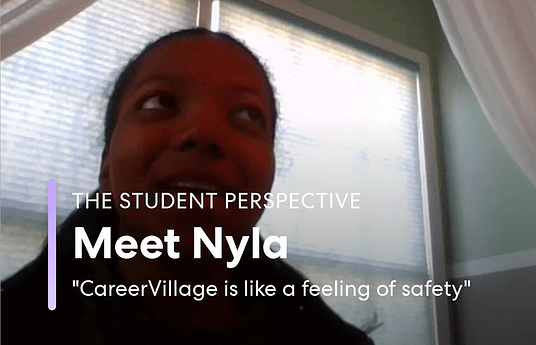We created Therapeer to provide a nurturing space where students can address the multifaceted challenges of school life—from group dynamics and conflict resolution to adapting to new environments. Our goal is to offer a platform where students feel safe to express their concerns, learn from each other, and develop the skills needed to thrive both personally and academically.
In practice, Therapeer functions through a structured and repeatable process to foster peer support and conflict resolution skills among students:
- Junior school teachers select two students from each class based on a predefined checklist of qualities that indicate potential for peer support roles.
- These selected students, referred to as Therapeers, receive training from senior students who have been previously trained by school counselors in conflict resolution and restorative practices.
- The training equips Therapeers with the skills necessary to support their peers effectively within the school environment, fostering a more understanding and cohesive community.
- The process and program are periodically evaluated to assess the effectiveness of the training and the impact on the school environment.
- Based on the evaluation, adjustments are made, and a new group of Therapeers is recruited to continue the cycle
- The entire process is repeated, allowing for continual refinement
Media and Online Presence: Developing a strong online presence through dedicated social media platforms, or through educational blogs can help spread the word.
Learn About the Program
Contact Therapeer Representatives
Assess School Needs
Let it be a Student-led initiative
Train Participants
Pilot the Program
Evaluate and Expand it in higher grades
Promote awareness through social media
Ensure there is ongoing support for Therapeers and continuous training opportunities to address new challenges and maintain the effectiveness of the program.


